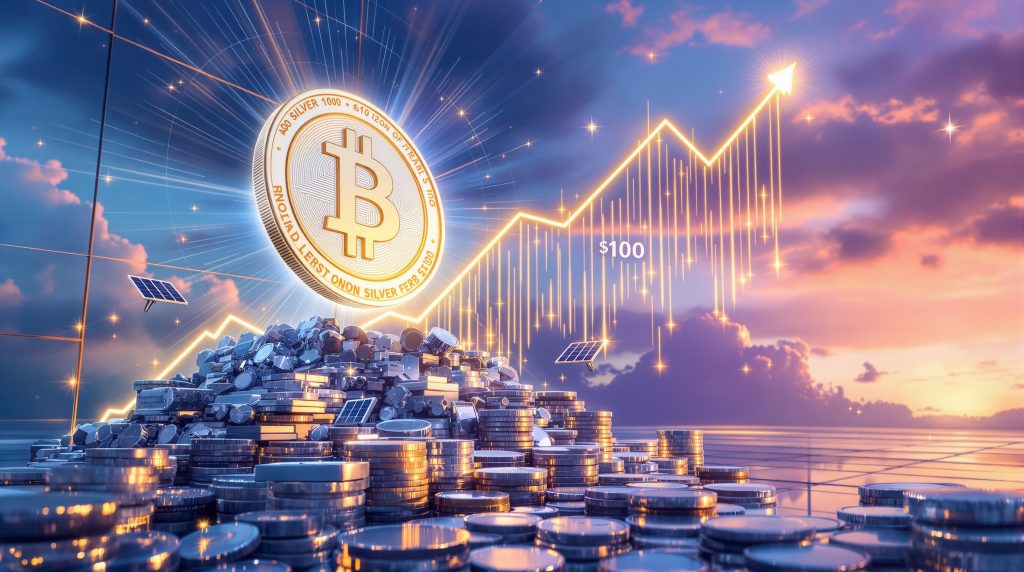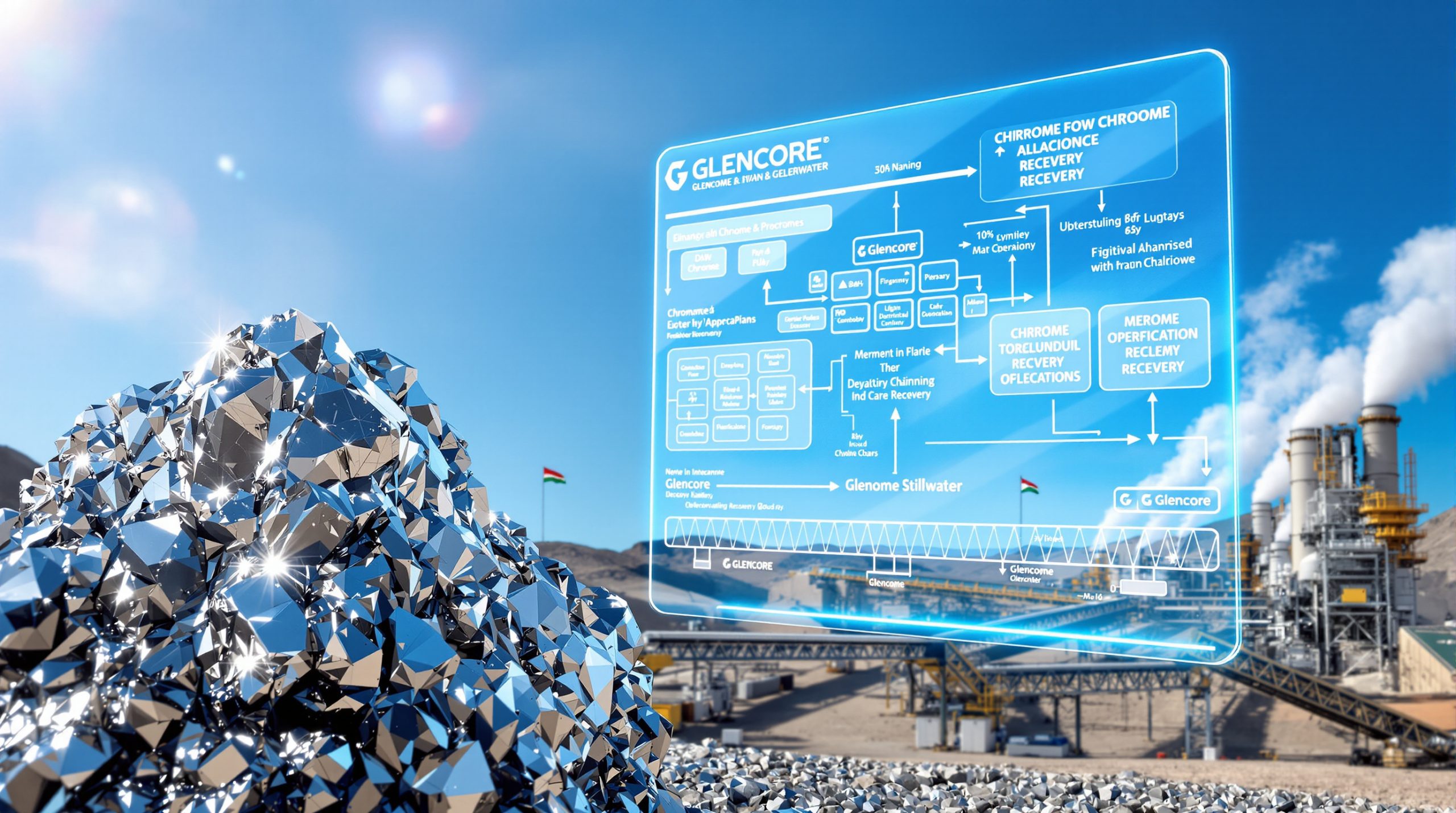Understanding the Current Silver Market Momentum
Silver has entered a significant breakout phase, with prices surging past the $40 mark for the first time in over a decade. This remarkable price action represents a decisive move above long-standing resistance levels that have capped silver's potential for years. The most recent major high for silver was approximately $49.82 in April 2011 during the last precious metals bull run, giving context to the current momentum.
Technical indicators strongly support this upward trajectory, with silver maintaining position above key moving averages. Silver's price volatility has historically been 2-3 times higher than gold, making these breakout phases particularly powerful once resistance levels are breached.
Market experts suggest a new support floor has been established between $36-39, creating a solid foundation for further advances. This silver market breakout base formation process typically precedes extended bull market phases in precious metals.
What's Driving Silver's Recent Price Surge?
- Technical breakout confirmation – Silver has decisively broken above multi-year resistance levels, triggering technical buying programs
- Supply-demand imbalance – Physical silver markets are experiencing increasingly visible supply constraints
- Investment demand resurgence – Both retail and institutional investors are allocating more capital to silver assets
- Industrial consumption growth – Manufacturing and technology sectors are requiring greater silver inputs for production
The convergence of these factors has created a powerful momentum scenario rarely seen in precious metals markets. Volume analysis and physical delivery metrics further reinforce the strength of this move, with trading volumes increasing significantly at breakout points.
How High Could Silver Prices Go in This Breakout?
Historical precedent provides important context for silver's potential in this breakout phase. The 2010-2011 silver rally saw approximately 300% gains from trough to peak, culminating in prices reaching $49.82 in April 2011. Similarly, the 1979-1980 silver spike saw prices reach approximately $50 in nominal terms.
Market technicians note that silver typically exhibits acceleration once key resistance levels break, often moving much faster than gold during these phases. The psychological impact of breaking through decade-long resistance cannot be underestimated, potentially unleashing pent-up buying pressure.
Key Price Targets for Silver's Ongoing Rally
- $50 psychological barrier – The previous all-time high from 2011 represents a critical psychological level
- $60-75 range – Technical projections based on chart patterns suggest this mid-term potential
- $100+ scenarios – Long-term bullish case scenarios envision three-digit silver prices
When analyzing silver's potential, it's important to consider both nominal and inflation-adjusted price targets. In inflation-adjusted terms, the 1980 silver high would equate to significantly higher prices today, providing context for seemingly ambitious silver price strategies.
What's Happening in the Physical Silver Market?
The physical silver market is showing increasingly clear signs of tightening supply conditions. Industry participants report extended wait times for popular products, with Canadian Maple Leaf coins seeing delivery times stretch to 2-3 weeks. Some Swiss gold products have reportedly become temporarily unavailable due to tariff issues, further restricting supply.
Physical market dynamics often serve as leading indicators for price movements in precious metals. When delivery timeframes extend and dealer inventories diminish, these conditions typically precede significant price advances.
Growing Signs of Physical Market Tightness
- Extended delivery timeframes – Wait times increasing from days to weeks for sovereign mint products
- Product availability challenges – Some popular silver products becoming temporarily unavailable
- Dealer inventory pressures – Bullion dealers reporting increasing difficulty maintaining stock levels
- Wholesaler constraints – Supply chain bottlenecks emerging at the wholesale level
Physical silver supply deficits are further constrained by mining production realities. Unlike gold, much of the world's silver (approximately 75%) comes as a byproduct of mining other metals, making supply less responsive to price increases in the short term.
Is FOMO Driving the Current Silver Rally?
The psychological factor of "fear of missing out" (FOMO) is playing an increasingly important role in silver's price action. Industry experts make a clear distinction between FOMO-driven demand versus panic buying. Current market conditions represent a FOMO scenario rather than economic fear-driven purchases.
This distinction is important for understanding market psychology. FOMO typically occurs during momentum-driven price advances, while panic buying happens during periods of economic uncertainty. Both can drive prices higher, but for different reasons and potentially with different sustainability profiles.
Understanding FOMO vs. Panic Buying in Precious Metals
- FOMO-driven demand – Investors reacting to price momentum and technical breakouts
- Distinction from panic buying – Current demand not primarily driven by economic fear
- Retail investor behavior – New participants entering the market as prices achieve multi-year highs
- Social media influence – Online communities amplifying market sentiment and investment thesis
Market observers note that FOMO-driven precious metals rallies tend to accelerate as prices break through significant technical and psychological levels, creating self-reinforcing buying patterns. This contrasts with panic buying, which tends to come in more concentrated waves.
How Are Central Banks Influencing the Silver Market?
Recent developments suggest some central banks and silver may be taking a renewed interest in silver as a strategic asset. Reports indicate Saudi Arabia has been purchasing silver through ETF structures and potentially classifying silver as a strategic metal, though these reports require further verification.
This potential shift represents an important evolution in institutional attitudes toward silver, which has traditionally been viewed primarily as an industrial metal with secondary monetary characteristics.
Central Bank Activity in the Silver Space
- Strategic metal classifications – Some nations reportedly reclassifying silver as a strategic resource
- Institutional accumulation – Evidence of increased institutional holdings through various vehicles
- Geopolitical considerations – Silver's dual monetary and industrial roles gaining recognition
- Diversification strategies – Central banks potentially expanding beyond traditional gold reserves
While central banks have historically focused their precious metals reserves almost exclusively on gold, silver's industrial importance in green technologies, electronics, and medical applications may be prompting a reassessment of its strategic value.
What's the Relationship Between Gold and Silver Prices?
The gold-silver ratio analysis remains a critical metric for understanding relative value between the two precious metals. This ratio, calculated by dividing the gold price by the silver price, has historically averaged approximately 60-70:1 over long periods.
During precious metals bull markets, this ratio typically compresses as silver outperforms gold on a percentage basis. This compression occurs due to silver's smaller market size, making it more volatile in both directions.
Gold-Silver Ratio Dynamics During Breakout Phases
- Historical ratio compression – The ratio typically narrows during precious metals bull markets
- Current ratio positioning – Where the ratio stands relative to historical averages
- Predictive implications – Ratio movements often signal directional shifts in precious metals
- Investment strategy considerations – Ratio analysis can inform optimal allocation decisions
Mining cost ratios also influence the long-term price relationship between gold and silver. The naturally occurring ratio of silver to gold in the Earth's crust is approximately 17:1, while the current mining production ratio is closer to 8:1, creating fundamental support for ratio compression during strong bull markets.
How Is Industrial Demand Affecting Silver Prices?
Silver's industrial applications continue to expand, creating fundamental support for prices that differs significantly from gold's primarily monetary role. Industrial applications account for approximately 50% of annual silver demand according to the Silver Institute's World Silver Survey.
The green technology transition is particularly significant for silver demand, with photovoltaic cells requiring substantial silver inputs. Each gigawatt of solar capacity requires approximately 20 metric tons of silver, creating persistent industrial demand as renewable energy capacity expands globally.
Growing Industrial Applications Driving Demand
- Renewable energy expansion – Solar panel production requires significant silver inputs for conductivity
- Electronics manufacturing – Increasing silver usage in consumer and industrial electronics
- Medical applications – Growing demand for silver's antimicrobial properties in healthcare settings
- Green technology transition – Electric vehicles and related infrastructure boosting consumption
Silver's unique properties make it difficult to substitute in many industrial applications. Its unparalleled electrical conductivity, thermal conductivity, and reflectivity create persistent demand even during price increases, as manufacturers often require only small amounts per unit produced.
What Should New Silver Investors Know About Product Selection?
For investors new to physical silver, understanding the differences between various products is essential for making informed decisions. Industry experts typically recommend government-minted coins over private mint products for first-time buyers, with Canadian Maple Leafs and American Eagles being preferred sovereign options.
The 1-ounce denomination is generally considered optimal for liquidity reasons, balancing premium costs with future flexibility. While larger bars may offer lower premiums initially, their reduced liquidity during high-price environments can become problematic.
Comparing Silver Investment Options
- Government-minted coins – Sovereign coins like Canadian Maples and American Eagles offer authenticity guarantees and maximum liquidity
- Private mint products – Rounds and bars from private refiners may offer lower premiums but potentially less recognition
- Size considerations – Smaller denominations provide greater flexibility despite higher per-ounce premiums
- Storage and security factors – Physical holdings require appropriate security measures
For diversification beyond physical holdings, mining equities offer leveraged exposure to silver prices, potentially delivering 2-3x the percentage returns of the underlying metal during bull markets. However, this leverage works in both directions, amplifying losses during price declines.
Has Market Manipulation in Silver Been Curtailed?
The silver market has faced persistent allegations of price manipulation through various mechanisms. In 2020, JPMorgan paid $920 million to settle charges related to "spoofing" in precious metals markets, according to the U.S. Department of Justice. Several traders received prison sentences for their involvement in these activities.
Spoofing involves placing and quickly canceling large orders to manipulate prices, creating false impressions of market supply and demand. Regulatory oversight has increased following these enforcement actions, making overt manipulation more difficult.
Current State of Silver Market Integrity
- Regulatory enforcement actions – Recent cases against market participants for improper trading practices
- Short position vulnerabilities – Entities maintaining large short exposures face increasing risk
- Market transparency improvements – Enhanced reporting requirements and market oversight
- Physical market influence – Strong physical demand can overwhelm paper market manipulation attempts
Industry participants suggest manipulation becomes more difficult during strong uptrends, though periodic interventions may still occur. The risk of being caught short during a powerful bull market creates natural disincentives for manipulation attempts.
How Can Investors Position for the Silver Breakout?
With silver showing strong breakout characteristics, investors have multiple options for gaining exposure to potential continued price appreciation. A diversified approach typically yields the most balanced risk-reward profile.
Physical silver ownership remains the foundation of most precious metals investment strategies, providing direct ownership without counterparty risk. Mining stocks offer leveraged exposure to silver prices, with the potential for amplified returns during bull markets.
Strategic Approaches to Silver Investing
- Physical holdings strategy – Direct ownership of coins, bars, and rounds provides insurance against financial system risk
- Mining equity exposure – Investing in silver producers offers operational leverage to rising prices
- ETF and fund options – Understanding the differences between various paper silver vehicles
- Diversification considerations – Balancing silver exposure within a broader investment portfolio
Mining companies typically provide 2-3x leverage to underlying metal prices due to their operational structure. Fixed costs mean that price increases flow disproportionately to the bottom line, amplifying returns during bull markets.
FAQ About the Silver Market Breakout
What caused silver to break above $40 per ounce?
Silver's move above $40 resulted from a combination of technical breakout momentum, increased investment demand, industrial consumption growth, and tightening physical supply conditions. The convergence of these factors created sufficient buying pressure to overcome long-standing resistance levels.
Is it too late to invest in silver after the breakout?
Historical precedent suggests that initial breakouts in precious metals markets often represent early stages of longer-term bull markets rather than endpoints. While short-term corrections are always possible, the fundamental and technical factors supporting silver remain intact beyond the initial breakout phase.
How does silver's performance compare to other commodities?
Silver has outperformed many other commodities during this breakout phase, particularly on a percentage basis. This outperformance aligns with historical patterns where silver typically exhibits higher volatility and percentage gains than gold and many industrial metals during bull markets.
What role does inflation play in silver's current price movement?
While inflation concerns contribute to precious metals investment demand, the current silver market squeeze appears more closely tied to specific silver market dynamics rather than being primarily inflation-driven. Technical factors, industrial demand growth, and supply constraints are playing more significant roles in the immediate price action.
The silver market breakout represents a potentially transformative moment for precious metals investors. The convergence of technical, fundamental, and psychological factors has created conditions for sustained momentum that could carry prices significantly higher in the coming months and years.
Ready to Capture the Next Major Mineral Discovery?
Don't miss out on potential silver market opportunities that could transform your portfolio. Visit Discovery Alert's discoveries page today to see how their proprietary Discovery IQ model delivers real-time alerts on significant ASX mineral discoveries, giving you the market edge before others recognise the opportunity.




